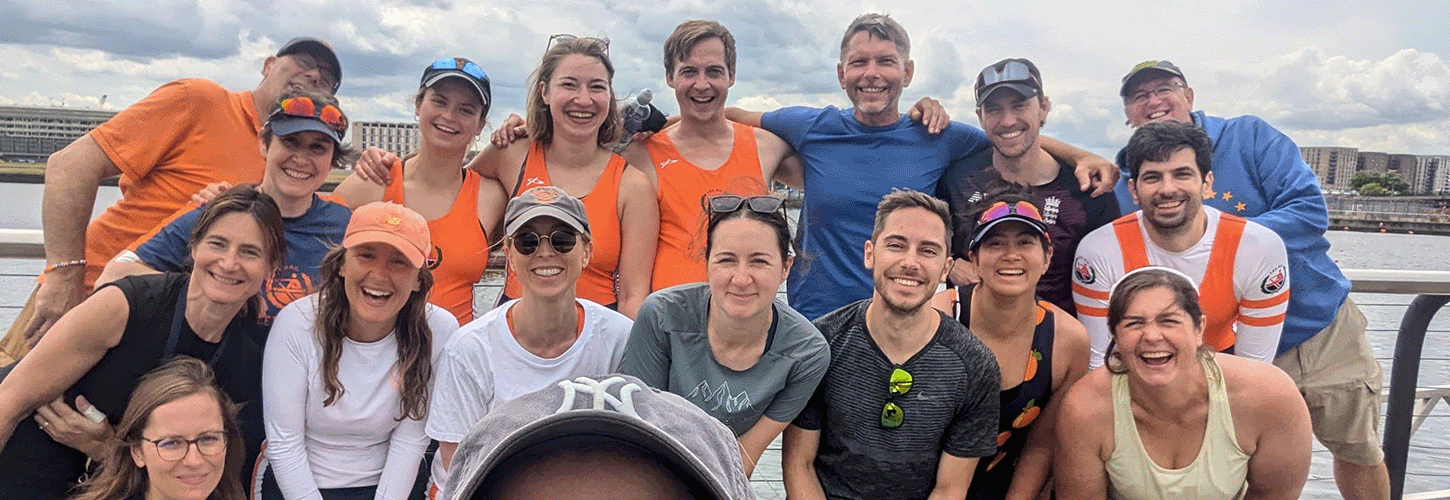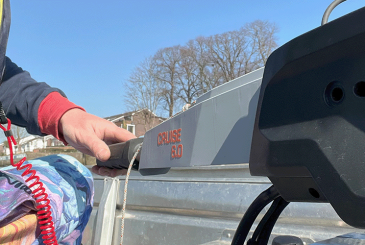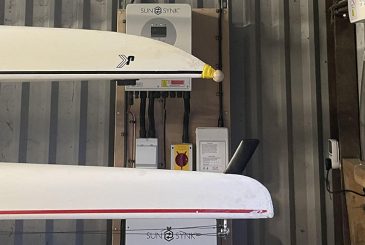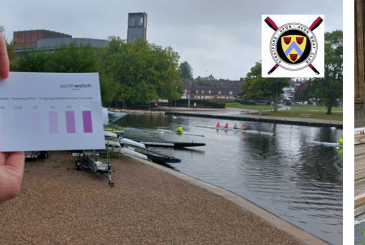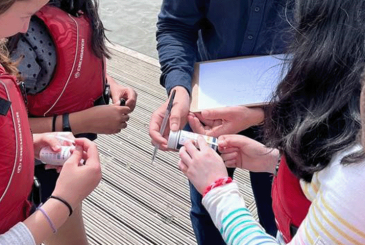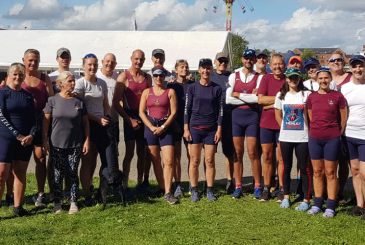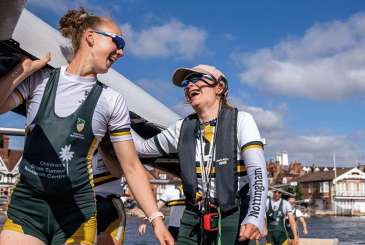Recently graduated Learn to Rowers can be left with nowhere to go unless there’s a plan in place – so follow the lead of clubs like Peterborough and Bedford, who carefully assimilate their fresh talent. Lebby Eyres finds out what these clubs do that works.
After the success of the Team GB rowing squad at the Paris Olympics, clubs should brace for an upsurge in enquiries for those wishing to follow in the footsteps of the latest golden generation. In fact, in a recent poll carried out by YouGov, an astonishing 7% of people thought they had it in them to represent the country in rowing at the 2028 Olympics!
But for most new starters, their loftiest ambition will be to represent the club at the British Junior, Senior or Masters Championships, Henley Women’s Regatta and Henley Royal Regatta.
Completing a Learn to Row (L2R) course is the first step to achieving this. But once clubs have got their next batch of new recruits through a basic four or six-week course, what happens after that? It can be a big leap up to the senior or masters squads, and it’s easy for new club members to fall by the wayside.
What’s next after L2R?
Peterborough RC have a three-month system where new starters who’ve completed eight sessions of L2R – typically progressing from stable to fine singles – get an additional two months’ development rowing before continuing onto a development pathway.
Peter Forrest, Club and Coach Development Co-Ordinator, says, “We move people into crew boats and teach them sweep, with the aim of getting them into doubles, quads or even an eight, to get them used to every type of boat that we have.
“That second phase is also about learning to train, so we have sessions in the gym and then introduce racing towards the end of the three months.”
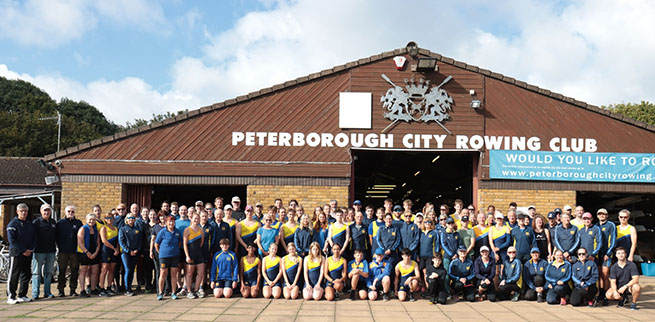
At Bedford RC, coach Alex Brown explains that their keenest L2R graduates move onto a programme called Explore Plus. “The main target for this group is to get them out of a stable single into a fine boat. If people want to learn sweep at this stage, we can put an eight out with some more experienced rowers in it as well.
“The point of this stage is for them to decide if they want to progress to racing, or join our rec(reational) squad.”
Other clubs take a different approach – at the Lea RC in Hackney, most L2R courses run in the summer – in two four-week blocks – with the aim of moving rowers either into the rec squad or into a novice racing squad for the start of a new season. Jennie Brotherston explains, “Men and women train alongside each other for a whole year in the novice squad, and after that we move them into other sections of the club.”
Another idea for introducing new members to external racing is to arrange a ‘friendly’ match at another club, with a return fixture a few weeks later. The hosts can provide the boats, keeping transport logistics to a minimum, while introducing participants to the wider rowing community.
Using the British Rowing Rower Development Guide
Peterborough RC structure the development pathway around British Rowing’s Rower Development Guide. This online tool is free for all British Rowing members and enables learners can keep track of their own progress, while coaches can monitor their whole group. Forrest says, “It’s a brilliant piece of kit with four levels. There are technical points and videos, and we signpost people to that.”
After around six to nine months on the pathway, for those who show serious potential, Forrest adds , “The men and women’s captain will fast track them straight to the senior squad. Otherwise, they’ll typically go into a novice quad and do some local regattas.”
Over at Bedford, Brown uses the Rower Development Guide as a marker for his coaching. He says, “I use it as a guide for myself. I’ll have a look at it and think, ‘This person can do this, this and this’, or ‘I’ve missed a technical point, I’ll bring that up in the next session.’ It works as a checklist for me.”
Membership options
Signing up for an annual membership can feel onerous to new starters. So what’s the best balance between clubs needing funds and rowers being unsure if they want to make the commitment?
Most clubs have a subscription year which typically runs from October to October, meaning that most new joiners will only pay a proportion of the year. At Peterborough, Forrest explains, “If you do your L2R in April then join in July once your extra two months is up, you only pay until the end of September.”
Other clubs – like Lancaster Rowing – move L2R grads onto a monthly standing order, for full use of club facilities, or have a two-tier system with cheaper subs for interim, non-racing squads. At Lea RC, Brotherston says, “We give new L2R grads a month’s grace at the start of the season. They can give it a go and decide if it’s what they really want to do. It people can’t afford it, that’s not necessarily a barrier.”
The social network
Rowing club are like villages – it can feel like it takes years before you’re truly accepted, and new joiners may be intimidated if they’re barked at by established rowers for not being familiar with the rules of the river.
Part of the process of graduating rowers successfully is making sure everyone knows the club protocol – from using the sign out book to remembering the hi-vis. At Lea RC, Brotherston says, “We supervise the novices heavily. For safety reasons we can’t let them out on the water or even in the gym on their own. We teach them the basics so that after a year they feel more independent.”
Socially, many clubs have a night when the bar is open and new starters can mingle. At Peterborough, Forrest says, “We like to integrate people from the word go, so at the end of each session the club’s open for tea and biscuits.
At the Lea RC, Brotherston says, “The novice squad can be very tight and most hang out with each other, which is great for retention. We try to get more experienced club members involved in coaching. New members can get involved in some volunteering too, like making cakes on regatta day.” There’s also a Thursday club night where each squad takes turns to cook – which is a great opportunity for everyone to get to know each other better. And the saying ‘the family that eats together, stays together’ applies just as well to rowing clubs.
Banner photo: Lea RC Novice Squad


